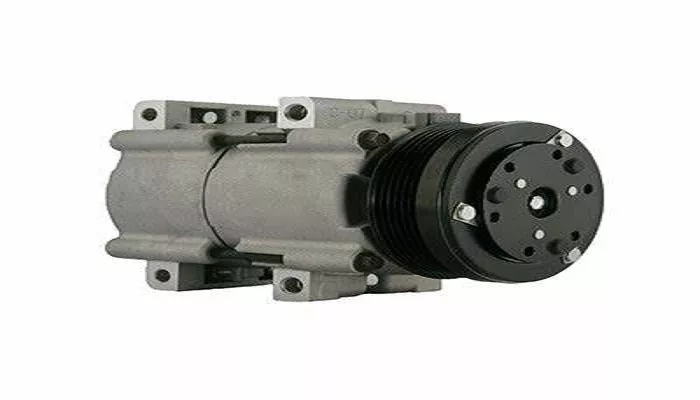An air conditioning (AC) compressor is the heart of any HVAC or automotive cooling system. When a compressor fails, replacing it with a high-quality AC compressor kit ensures optimal performance and longevity. But what exactly does an AC compressor kit include?
The AC Compressor: Core Component
The compressor is the main component of the kit. It pressurizes and circulates refrigerant throughout the AC system.
Reciprocating (Piston) Compressors: Common in automotive and residential systems.
Rotary Compressors: Used in smaller HVAC units.
Scroll Compressors: Found in high-efficiency residential and commercial systems.
A new compressor in a kit is either remanufactured (rebuilt to OEM standards) or brand-new. OEM (Original Equipment Manufacturer) compressors ensure compatibility, while aftermarket options may offer cost savings.
The Receiver-Drier or Accumulator
The receiver-drier (in orifice tube systems) or accumulator (in expansion valve systems) is a critical part of the AC system.
Functions
- Filters debris from the refrigerant.
- Removes moisture to prevent acid formation.
- Stores excess refrigerant for consistent cooling.
Most kits include a new receiver-drier or accumulator because these components contain desiccants that degrade over time.
AC Compressor Clutch (For Automotive Kits)
Clutch Assembly: Contains the coil, pulley, and hub.
Clutch Shims: Adjust spacing for proper engagement.
Clutch Bolt: Secures the clutch to the compressor shaft.
A faulty clutch can cause AC failure even if the compressor itself is functional. Including a new clutch in the kit ensures complete system reliability.
Refrigerant Oil (Essential for Lubrication)
PAG Oil (Polyalkylene Glycol): Common in R-134a systems.
Ester Oil: Used in retrofitted or R-12 systems.
POE Oil (Polyolester): For R-410A and other modern refrigerants.
The correct oil type and quantity are crucial. Too little oil causes wear, while too much can reduce cooling efficiency.
O-Rings & Seals (Preventing Leaks)
O-Rings: Made of nitrile or HNBR for durability.
Gaskets: Seal connections between components.
Shaft Seals: Prevent refrigerant leaks around the compressor shaft.
These seals are pre-lubricated for easier installation and better sealing performance.
Expansion Valve or Orifice Tube (Refrigerant Metering)
Thermal Expansion Valve (TXV): Adjusts flow based on cooling demand.
Fixed Orifice Tube: A simple, non-adjustable restrictor.
A clogged or malfunctioning metering device can cause compressor failure, so replacement is often recommended.
Installation Hardware (Bolts, Gaskets, and Brackets)
To ensure a secure fit, kits may provide:
Mounting Bolts & Brackets: For securing the compressor.
Pulley & Belt Components: For automotive applications.
Electrical Connectors: For clutch wiring.
Using the correct hardware prevents misalignment and vibration issues.
Warranty & Documentation
Reputable compressor kits include:
Warranty Card: Typically 1-2 years for parts.
Installation Guide: Step-by-step instructions.
Refrigerant Capacity Chart: For proper charging.
A warranty ensures protection against manufacturing defects.
Conclusion
Using a full kit ensures compatibility, efficiency, and longevity of the AC system. Always follow manufacturer guidelines for installation to avoid premature failures.By understanding what’s included, you can make an informed decision when purchasing an AC compressor kit for your vehicle or HVAC system.

